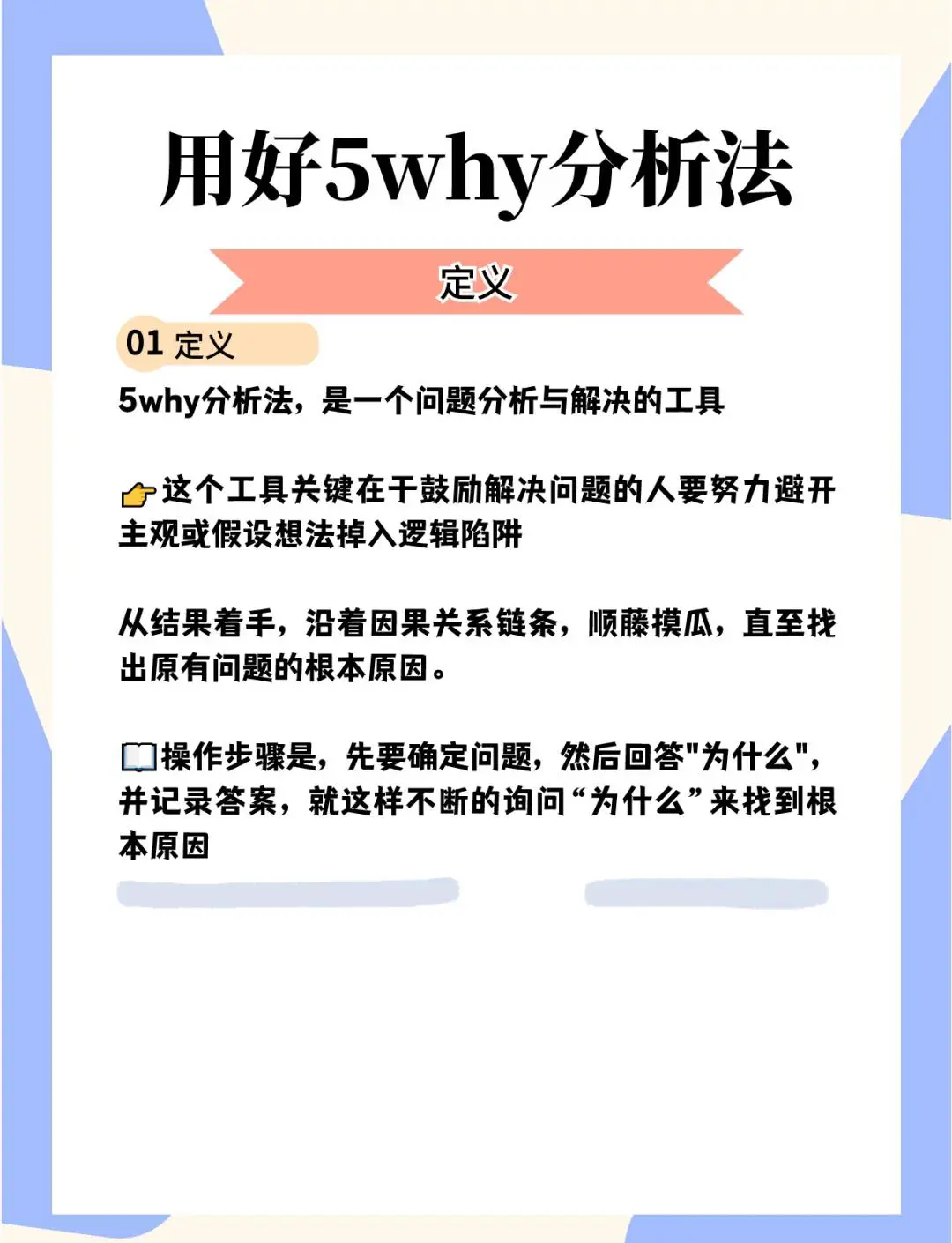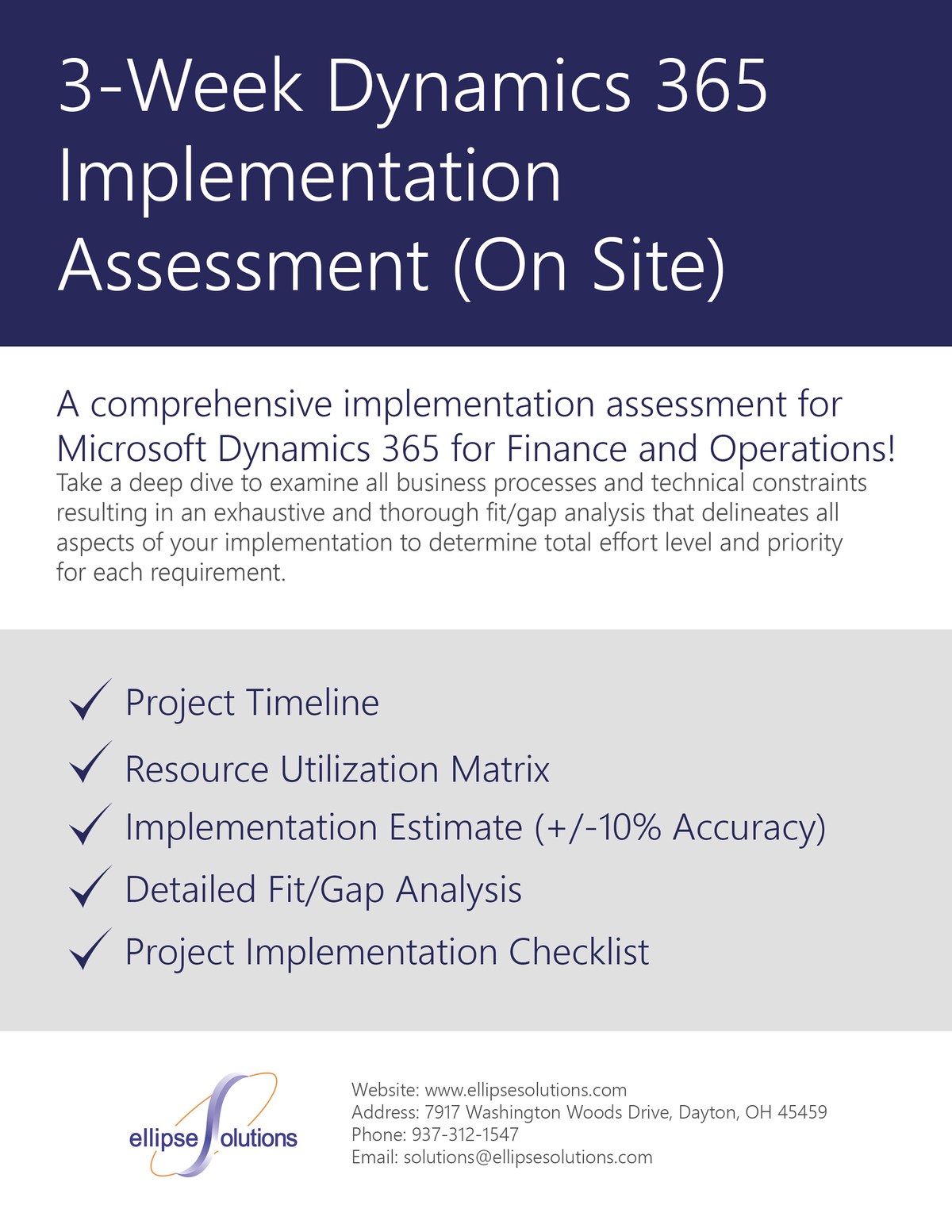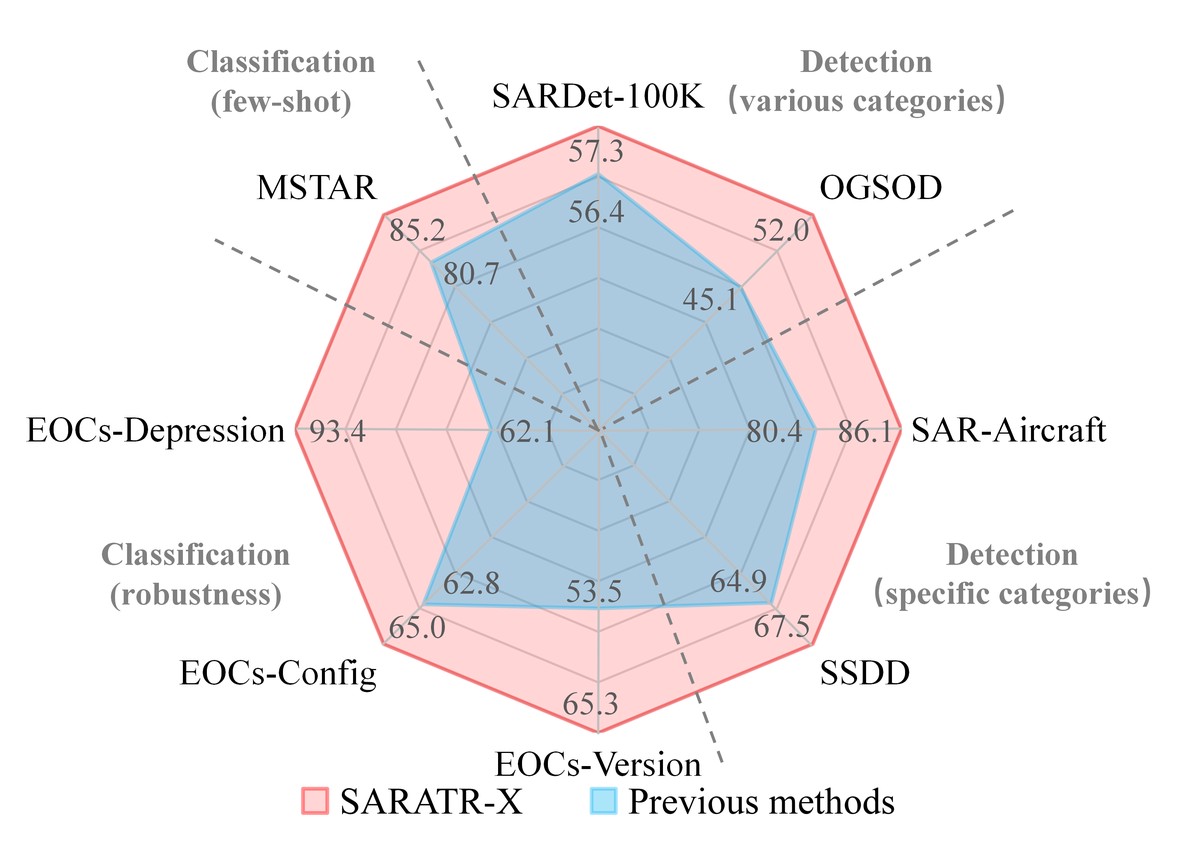========================================================
Introduction
In today’s fast-paced financial markets, execution algorithms have become a vital tool for traders, portfolio managers, and institutional investors. With market fragmentation, high-frequency trading competition, and increasing transaction costs, the question is no longer whether to use execution algorithms—but rather why use execution algorithm in trading and how to apply them effectively.
This article explores the purpose and mechanics of execution algorithms, compares popular methods, analyzes their strengths and weaknesses, and provides actionable insights for traders and analysts at all levels. Whether you’re a beginner or an experienced hedge fund manager, understanding execution algorithms is essential for staying competitive in modern markets.

What Are Execution Algorithms?
Definition and Purpose
Execution algorithms are automated systems designed to place and manage trades efficiently. Unlike strategy algorithms, which determine what to buy or sell, execution algorithms focus on how to execute trades. Their primary goals include:
- Minimizing market impact.
- Reducing transaction costs.
- Optimizing speed and efficiency.
- Maintaining discretion and anonymity in large trades.
Why Execution Algorithms Are Essential
Without execution algorithms, large orders could significantly move prices, creating unfavorable conditions. By slicing orders into smaller parts and distributing them across venues, execution algorithms help achieve best execution while aligning with compliance standards.
Execution algorithm process
Types of Execution Algorithms
1. VWAP (Volume Weighted Average Price)
VWAP algorithms aim to achieve an average execution price in line with market volume over a specified time period.
- Advantages: Simple, widely used, reduces deviation from market benchmarks.
- Disadvantages: Predictable, which can expose the strategy to gaming by high-frequency traders.
2. TWAP (Time Weighted Average Price)
TWAP executes trades evenly across a given time interval, regardless of market volume.
- Advantages: Useful in thinly traded securities, ensures steady execution.
- Disadvantages: Lacks market sensitivity; can underperform in volatile conditions.
3. POV (Percentage of Volume)
The POV algorithm executes trades in proportion to overall market volume.
- Advantages: Adapts to liquidity, avoids excessive market impact.
- Disadvantages: Less effective in illiquid markets, may delay completion.
4. Implementation Shortfall (IS)
Also known as arrival price, IS algorithms minimize the difference between the intended trade price and actual execution price.
- Advantages: Focuses on cost reduction, suitable for urgent trades.
- Disadvantages: Risk of adverse selection if markets move unfavorably.
Best Strategy Choice
For institutional traders, a hybrid approach—combining VWAP for steady execution with Implementation Shortfall for opportunistic liquidity—often works best. Retail traders, however, may find TWAP more straightforward for controlled exposure.
Why Use Execution Algorithm in Trading?
Minimize Market Impact
Execution algorithms reduce the footprint of large trades by distributing orders intelligently across time and venues.
Reduce Costs and Slippage
By automating execution, traders can avoid costly slippage caused by manual delays.
Increase Anonymity and Reduce Information Leakage
Algorithms mask large trades, preventing compe*****s from front-running.
Ensure Compliance and Reporting
Many regulators emphasize the importance of best execution. Algorithms provide the data and transparency needed for compliance.
Leverage Advanced Techniques
As institutional traders explore how execution algorithm improves trading, AI and machine learning techniques are increasingly integrated to dynamically adjust order placement based on real-time liquidity and volatility.
Comparing Manual Trading vs Execution Algorithms
| Factor | Manual Trading | Execution Algorithm |
|---|---|---|
| Speed | Limited by human reaction | Milliseconds or faster |
| Market Impact | High risk for large trades | Reduced via order slicing |
| Emotional Bias | High (fear/greed) | None (objective execution) |
| Cost Efficiency | Prone to slippage | Optimized via automation |
| Scalability | Limited | Suitable for large institutions |
Clearly, execution algorithms provide measurable advantages in cost efficiency, scalability, and precision.

Advanced Use Cases
Institutional Trading
Hedge funds and asset managers rely on execution algorithms to handle large block trades discreetly. Understanding how institutional traders use execution algorithm can help smaller players adapt similar practices on a scaled-down basis.
High-Frequency Trading (HFT)
Execution algorithms are integral to HFT strategies where milliseconds define profitability.
Retail Applications
Even retail traders benefit through brokerage platforms offering smart order routing powered by execution algorithms.
Trade execution flow with algorithms
Pitfalls and Risks of Execution Algorithms
Over-Reliance on Technology
Algorithms may fail in extreme market conditions. For example, during flash crashes, reliance on execution automation can lead to unintended losses.
Algorithmic Gaming
Other market participants may detect predictable algorithmic behavior (e.g., VWAP) and trade against it.
Complexity and Costs
Advanced execution algorithms require high computational resources and continuous monitoring.
Best Practices for Using Execution Algorithms
Choose the Right Algorithm
Understanding how to select best execution algorithm is crucial. Traders must align their execution needs with the right strategy—whether minimizing costs, matching benchmarks, or reducing risk.
Optimize and Monitor Performance
Execution algorithms must be backtested, stress-tested, and continuously adjusted to reflect changing market conditions.
Maintain Human Oversight
Algorithms should not fully replace human decision-making. Oversight ensures errors or anomalies are caught in time.
Diversify Across Algorithms
Mixing algorithms based on trade size, urgency, and asset class improves flexibility and resilience.
Real-World Case Study
A hedge fund managing $2 billion used a combination of POV and Implementation Shortfall algorithms to enter a new equity position. By doing so, they reduced slippage costs by 35% compared to manual execution. This demonstrates how effective use of execution algorithms enhances profitability while meeting compliance obligations.

FAQ: Execution Algorithms in Trading
1. Are execution algorithms only for institutions?
No. While they were initially developed for large-scale institutions, retail platforms now provide execution algorithm access to individual traders.
2. Do execution algorithms guarantee better prices?
Not always. They aim to minimize market impact and costs, but market volatility and liquidity constraints can still lead to less favorable outcomes.
3. How do I learn execution algorithm techniques?
You can study academic papers, attend trading technology workshops, or use broker-provided demo platforms. Many online courses teach both the theory and application of execution algorithms.
Conclusion: Why Execution Algorithms Are the Future of Trading
Execution algorithms have redefined trading efficiency by lowering costs, minimizing slippage, and ensuring best execution. For traders and analysts alike, the answer to why use execution algorithm in trading is clear—they are no longer optional, but a necessity.
Whether you are a retail trader exploring broker-provided tools or an institutional investor developing advanced systems, leveraging execution algorithms ensures you stay ahead in competitive markets.
If you found this guide insightful, share it with your trading community and comment below: Which execution algorithm do you find most effective in your trading journey?
Would you like me to also create a visual execution algorithm comparison infographic for VWAP, TWAP, POV, and IS to make the article more engaging for readers?

0 Comments
Leave a Comment